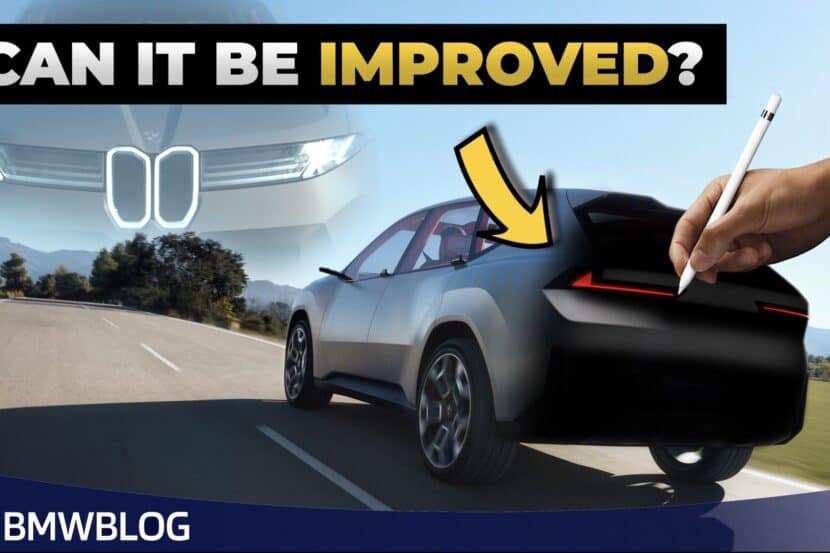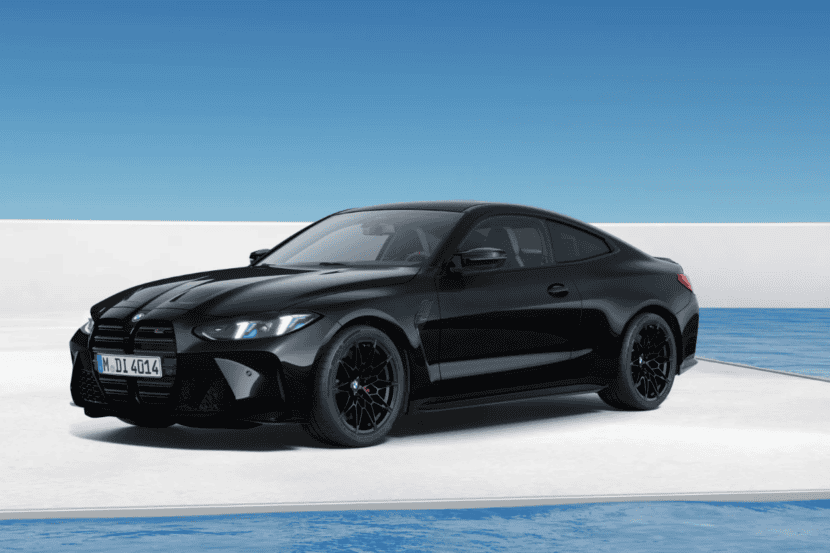Some brands have been around for so long that their history was unequivocally affected by major events throughout the years. BMW might not be the oldest car maker in the world (that honor goes to Peugeot, by the way) but it was founded more than 100 years ago. That means it had to go through two World Wars among other things and came out hurt, but still standing. Over time, it had to organize and split its operations but the lives of the people in Germany were improved by its products.
As you may know, BMW had at one point to make pots and pans to stay afloat, or train brakes and other contraptions, to make sure it doesn’t go under. After the Second World War, Germany was split in two, a heartbreaking plan picked by the two big winners of the war: the US and USSR. That split also meant that the Eastern side fell into the hands of communism.
Some of you may know that their preferred color is red and that some brands just couldn’t retain their “original shape.” BMW had a factory at Eisenach, which they bought in 1928. This was one of the oldest factories of this kind in Germany, being the birthplace of the Wartburg brand, which was the third German car maker of all time. BMW made a few models here, the most popular being Dixi, built under license from Brits, Austin.
The war had different plans for BMW though. After the Iron Curtain was called, the Eisenach plant was left in Eastern Germany and had to adapt. This is how the EMW badge popped up as the plant was then owned by the East German government as the communist rule demanded. EMW stood for Eisenach Motorenwerk and had a red and white badge unlike the blue and white roundel BMWs had.
These models were basically BMWs but with a different badge. They were also extremely appreciated as they had straight six engines under the hood, a rarity behind the wall on the Eastern side, as Frank ‘Bongo’ Rotzsch, musician and BMW enthusiast explains, in the video below.
Subscribe to BMWBLOG Channel




































































